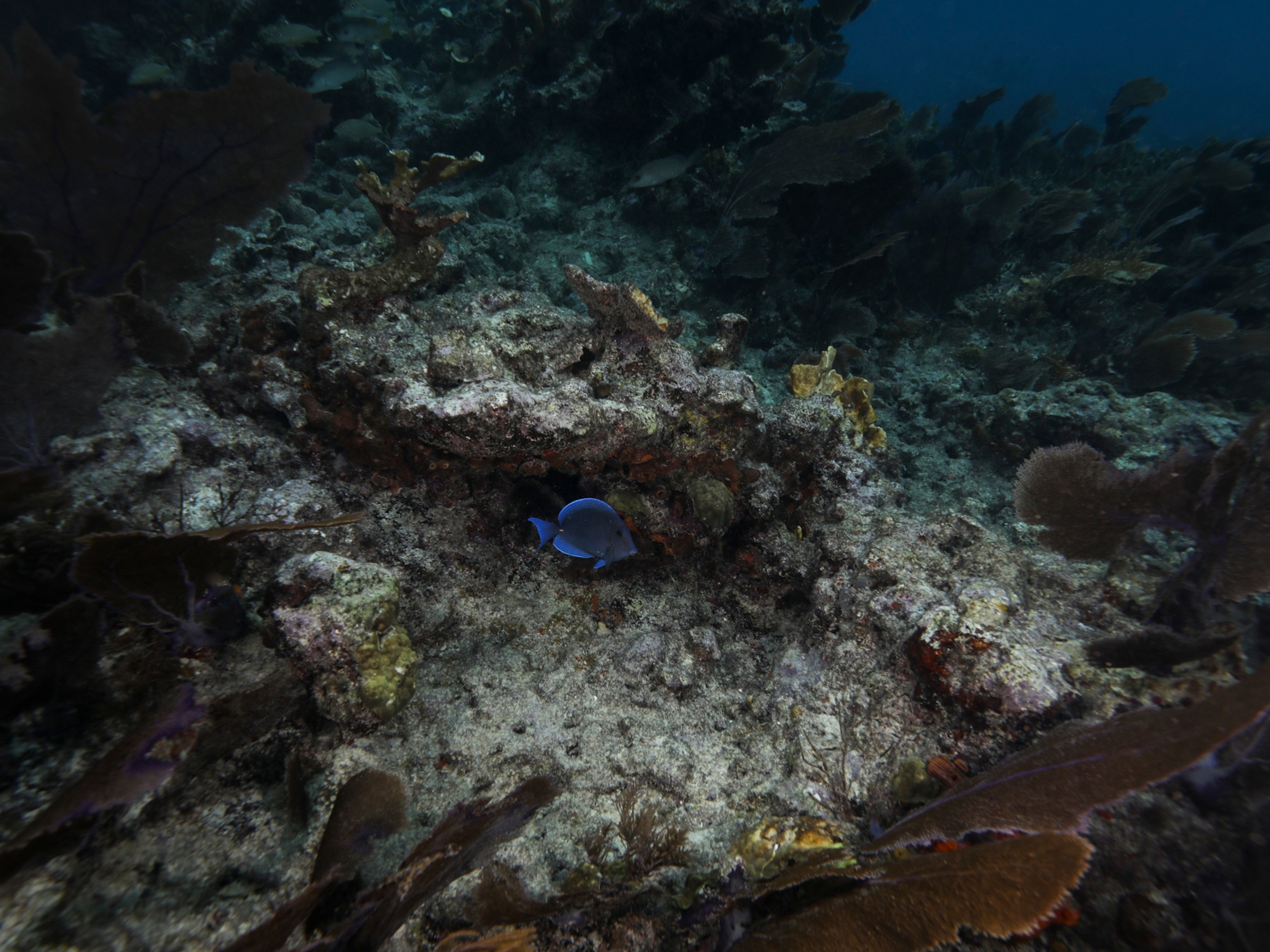
Why murder hornets are getting a new name
The world’s largest wasp has a new common name, designed to avoid evoking fear and xenophobia: the northern giant hornet.
“Murder hornets” are canceled.
When Asian giant hornets arrived in the Pacific Northwest in 2020, they were dubbed “murder hornets,” creating a media sensation.
But the coverage of the species—native to East Asia—and the nickname stoked fear among the public. Many native wasps were mistakenly killed and sales of hornet-killing pesticides jumped. And the moniker never made sense, since all hornets kill prey. For these and other reasons, scientists disliked the term and avoided it. (Related: 'Murder hornet' mania highlights dangers of fearing insects and spiders.)
Of course, the hornets are legitimately fearsome-looking at an inch and a half in length—the largest wasps in the world. Being stung can also be fatal to those with allergies and can feel like being “stabbed by a red-hot needle,” says Shunichi Makino, an entomologist at Japan’s Forestry and Forest Products Research Institute.
But its prior, unofficial common name, the Asian giant hornet, also has problems. For one thing, there are other huge hornets in Asia. Several of these species are invasive elsewhere in the world.
So the Entomological Society of America, the largest scientific society of its kind, this week coined a new common name for the wasps: the northern giant hornet.
The term is “both scientifically accurate and easy to understand, and it avoids evoking fear or discrimination,” says entomologist Jessica Ware, president of the society and a curator at the American Museum of Natural History in New York City. “Insects already get enough of a bad name, I don’t think you need to add fuel to that fire.”
‘Murder hornet’ mania
Northern giant hornets (Vespa mandarinia), which have large orange heads, striped abdomens, and needly stingers, were first spotted in British Columbia and the far northwestern part of Washington State in the fall of 2019.
The hornets devour a variety of insects but have a particular knack for attacking honeybee colonies en masse, during which time they decapitate the bees and steal their larvae for food. If the wasps become established in the Pacific Northwest, it could cause real ecological harm.
For that reason, throughout 2020, scientists and beekeepers mobilized to try and eradicate them. That fall, after months of effort, they found and destroyed a hornet nest. Three more hives were located and removed in 2021; such surveillance will continue and expand in 2022.
Researchers such as Chris Looney, an entomologist with the Washington State Department of Agriculture, are optimistic that, with consistent efforts, V. mandarinia can be eradicated from Washington State. (Learn more: The untold drama behind the discovery of America’s first murder hornet nest.)
Looney also authored the submission for a new name to the Entomological Society of America. He notes that V. mandarinia are found throughout East Asia north to Siberia. They overlap somewhat with the second largest wasp, V. soror, whose range extends farther south into the jungles of Laos and Vietnam. For this reason, Looney coined “northern giant hornet” for V. mandarinia, and “southern giant hornet” for V. soror. Neither had a previous official common name.
Looney felt the name change was necessary in part because every hornet, scientifically defined as a member of the genus Vespa, has part of its native range in Asia.
“All hornets are Asian hornets,” Looney says—it’s redundant. “It’s like adding the word ‘ocean’ to whale names.”
Furthermore, anti-Asian sentiment and hate crimes have risen during the COVID-19 pandemic, Looney notes, and labeling an invasive species perceived negatively as “Asian” can be harmful all around.
Makino, who lives in Japan, doesn’t think it’s necessary to abandon the words “Asia” or “Asian” in common names in general, “because geographical names are often convenient and easy to remember,” he says.
“However, if there are persons who feel a wording uncomfortable or insulting, however few they are ... we should avoid the wording as [much] as we can.”
Here to stay?
In May 2020, the New York Times used “murder hornets” to describe northern giant hornets for the first time in the English language.
The term undoubtedly raised awareness about the ecological threat posed by the insects. But the “murder” moniker has also led people to act irrationally, especially when coupled with a widespread lack of basic knowledge about insects, says University of Arizona entomologist Justin Schmidt.
The name is “overblown and has certainly led to folks fearing local wasps,” agrees Brock Harpur, a scientist at Purdue University in Indiana who studies the animals. “I could pull many emails of people sending me images of wasps that they killed in Indiana because they thought they were murder hornets.”
Indiana, is, of course, thousands of miles from Washington State, the only U.S. location where the hornets are found. (Another nest has been located and destroyed in British Columbia.)
This problem is not unique to his state, Harpur says: Entomologists throughout the country have reported a similar uptick in mistaken sightings.
In this case, the name “northern giant hornet” seems reasonable based on their native geographical range, Makino says. As for the “murder hornet” moniker, “it’s okay to throw away that naming.”
It’s unlikely to go away, though.
“Murder hornet is here to stay,” says Matt Buffington, an entomologist with the U.S. Department of Agriculture. “At first I was very disappointed by the news media’s use of the name, but I also understand its appeal.”
Buffington prefers using scientific names, which “avoids all confusion.” They can be difficult to learn, he says, but “just like with any foreign language, once you get the hang of it, an entire world opens up.”








